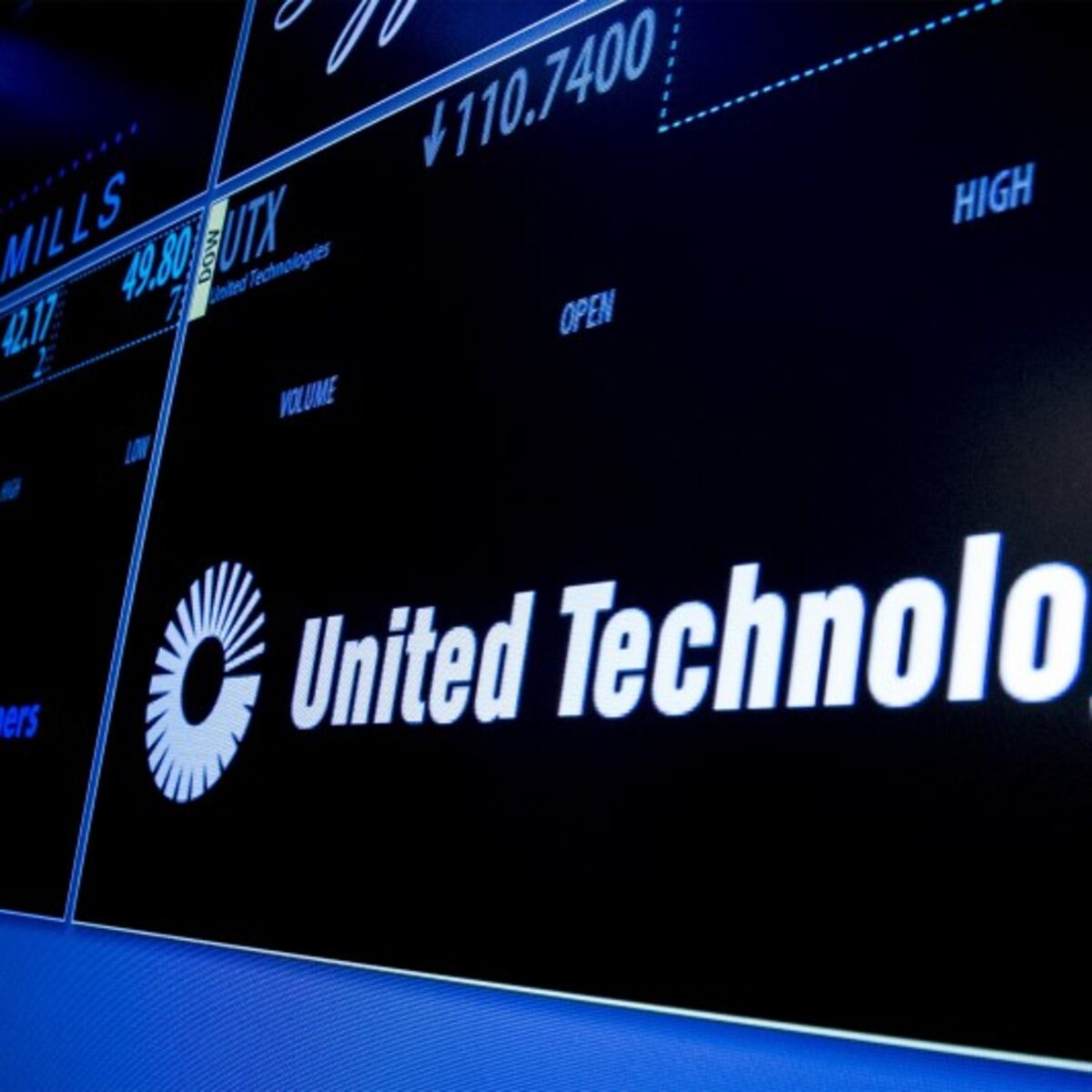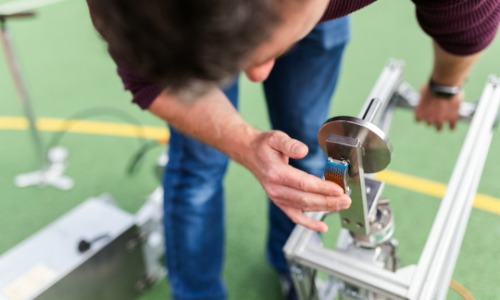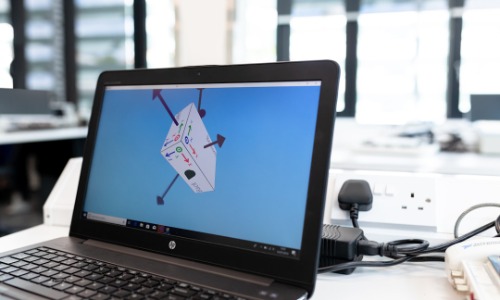United Technologies Corporation, for several years, was one of the most influential companies in the aerospace, defense, and building technologies industries. It also contributed to the creation of efficient turbines for powerful jet engines, contemporary elevators, improved air conditioning systems, etc. Despite this, in 2020, Raytheon became a part of Raytheon to create Raytheon Technologies, one of the largest aerospace and defense companies.
How has this company grown to be among the top technology companies globally? What were its greatest inventions? Most importantly, why did it take the decision to merge with Raytheon? Thus, it is high time to have a more detailed look at the history, the most important innovations, and the consequences of the widely known company.
The Growth of United Technologies
This entity began in 1934, initially known as United Aircraft Corporation, with the core business of manufacturing planes and aircraft engines. It then ventured into other related industries, and in 1975, it adopted United Technologies Corporation (UTC) to further ease the understanding that it was not solely an aircraft company.
Its focus on the new technology was what appealed to it. It was not only limited to aviation, but it expanded itself to become a major firm that greatly affected the business of military, space journey, escalators, and air conditioning systems. Others include the acquisition of other firms such as Pratt & Whitney, Otis Elevator, Carrier, and Rockwell Collins, which made it a competitive player in so many other fields.
Due to these wise business qualities, UTC was among the most valuable companies in the world. But what did it bring into existence?
Major Innovations That Changed the World
They are known to have revolutionized the modern technology world with their inventions. Some of them include:
1. Jet Engines That Transformed Aviation
United Technologies Company adopted Pratt & Whitney division as one of the leading manufacturers of jet engines. It provided engines for commercial and military aircraft of Boeing and Airbus industries, among others. The jet that is used by the United States military, the F-35 fighter jet, is powered by one of the engines.
2. Advanced Aerospace and Defense Technology
One of the other significant segments was Collins Aerospace, which was engaged in manufacturing and developing flight systems, satellite communications equipment, and weapons navigation systems. Most of the current airplanes and even space missions in the current world use this kind of technology.
3. Elevators That Helped Build Skyscrapers
Otis Elevator is a renowned company that existed under the UTC company; it produced the safety elevator, creating room for the skyscrapers. The company also saw it fit to invent smart elevators and energy-saving inventions that revolutionized the construction of cities.
4. Air Conditioning That Improved Everyday Life
Among them, its Carrier division was one of the largest providers of heating, ventilating, and air conditioning (HVAC). Due to Carrier, the comfort and efficiency of homes, offices, and cars improved.
These technologies not only enhanced the existing trades but also created modern civilization. However, in 2020, the company, which had been growing greatly for several years, was registered to merge with Raytheon.
Why Did United Technologies Merge with Raytheon?
In 2019, UTC decided to merge with Raytheon Company, which is one of the largest defense contractors in the USA. In April 2020, the merger became official, and Raytheon Technologies Corporation, or RTX, was formed. Thus, it may be interesting to understand why these two companies agreed to merge.
1. A Stronger and More Balanced Company
Prior to the merger, UTC was largely involved in commercial aviation and building technologies, whereas Raytheon was more inclined toward weapon and defense systems. Thus, they formed a company that was well-established in the two fields.
2. Better Competition Against Other Companies
This enabled them to challenge competitive aerospace and defense industry players such as Boeing and Lockheed Martin, among others, as they proceeded to grow. Combined, they had access to more resources, better technologies, and access to a larger market.
3. More Money for Research and Development
Both firms were new age and had a tradition of innovating, and thus, if the two merged, they would be able to invest more in new technology. It was used to develop cybersecurity solutions, aerospace technologies, and other progressive weapon systems.
4. Cost Savings and Efficiency
It would also be possible for the two firms to cut their expenses effectively because they would not incur additional expenses for procuring materials used in their supply chain. These made the new company to become efficient and showed better results in terms of profitability.
Although after the merger, the United Technologies firm could not operate as an independent firm, its influence was evident.
How the Merger Changed the Aerospace and Defense Industries
The merger generated a giant concern in the aerospace and defense sectors Of organizations. The new company:
- He transformed it into an aircraft engines, missile systems, and space technology provider company.
- Enhanced its interface with commercial aviation by avionics and efficient fuel engines.
- Expand its production to international markets, where it has a production facility in Europe, Asia, and the Middle East.
With this background, what it meant for customers, businesses, and governments.
In military terms, the merger offered new and better types of defense technology, which has substantial research support. As for the airlines, it resulted in advances in the designs of aircraft and an increase in employee safety measures. This, for investors, led to a financially sound enterprise with a high growth rate.
Raytheon Technologies: Continuing the Legacy
As a result of the merger, the newly formed firm, Raytheon Technologies Corporation (RTX), retains several business divisions from UTC and incorporates the Raytheon defense segment. As it is now, RTX is divided into four primary segments of business:
Collins Aerospace – Focuses on flight control systems, space technology, and communication systems.
Pratt & Whitney – kept on producing jet engines not only for commercial airliners but also for military ones.
Raytheon Missiles & Defense – Specializes in missile defense, cybersecurity, and advanced weapon systems.
Raytheon Intelligence & Space – Works on satellites, radar systems, and artificial intelligence for defense.
Alas, UTC is no longer an independent company, but many of its developments and offerings are instrumental in imparting the aerospace, defense, and building industries.
Final Thoughts
Even to this date, United Technologies’ impacts can still be felt. From providing humanity with new means of transportation and space travel to revolutionizing the lifestyle of the people by introducing such conveniences as air conditioning and elevators, the company left a great legacy.
Although it is now a subsidiary of Raytheon Technologies Corporation, its passion for innovation and development remains alive and kicking within the industry. It has put significant emphasis on new technology, research, and recently globalization, and now it has developed into creating leading-edge military, aviation, and space technologies.
What remains for certain is that the United Technologies Corporation was and remains an integral part of the modern technology and engineering business.




